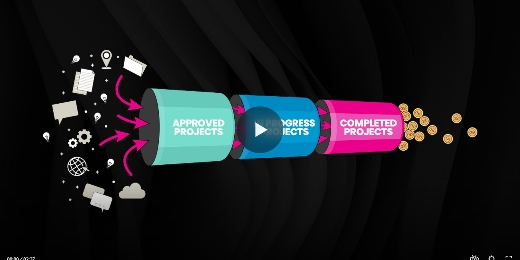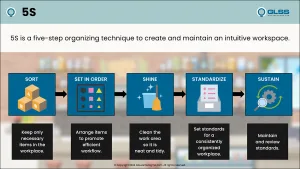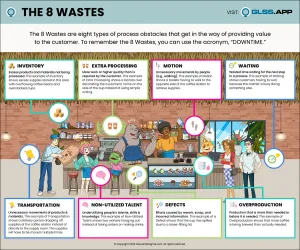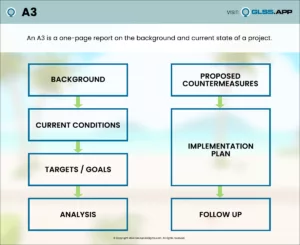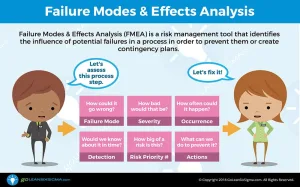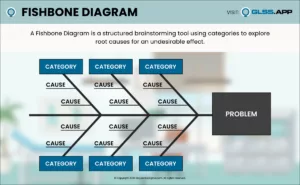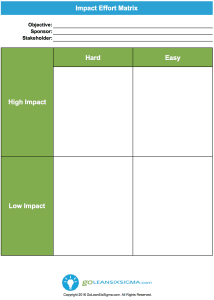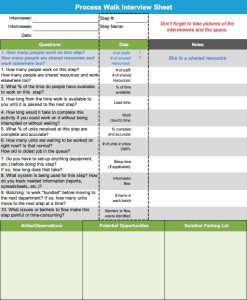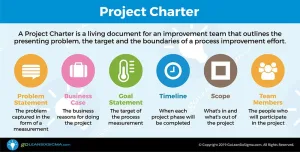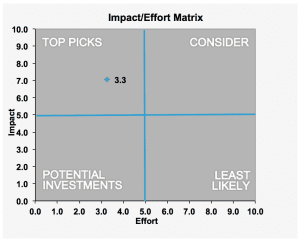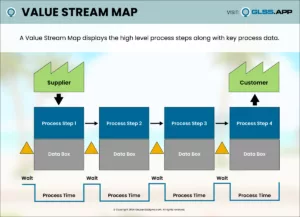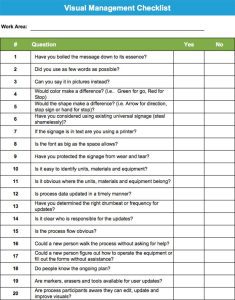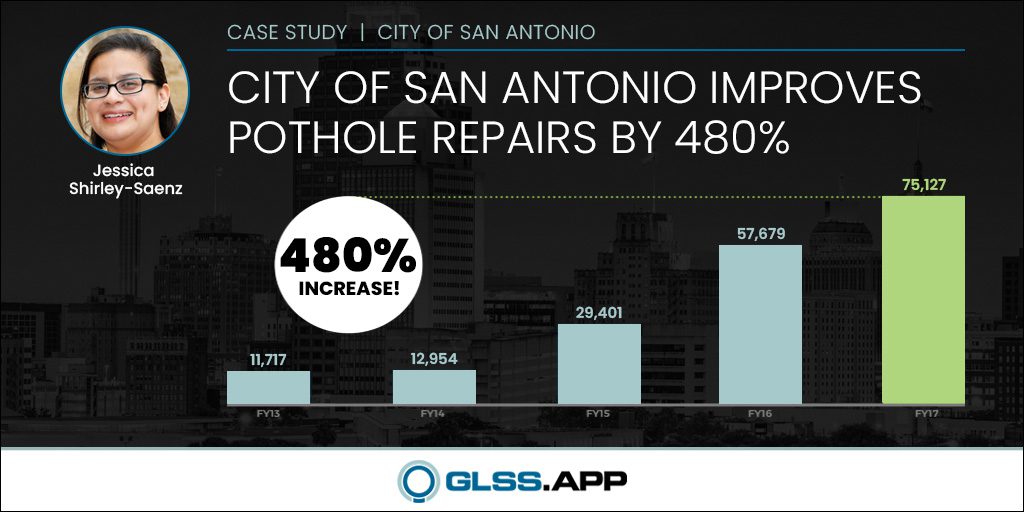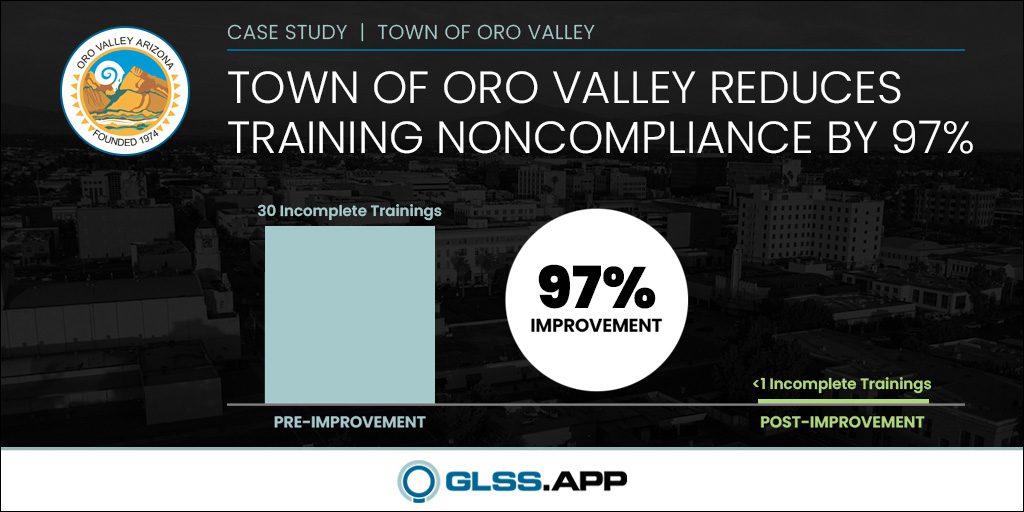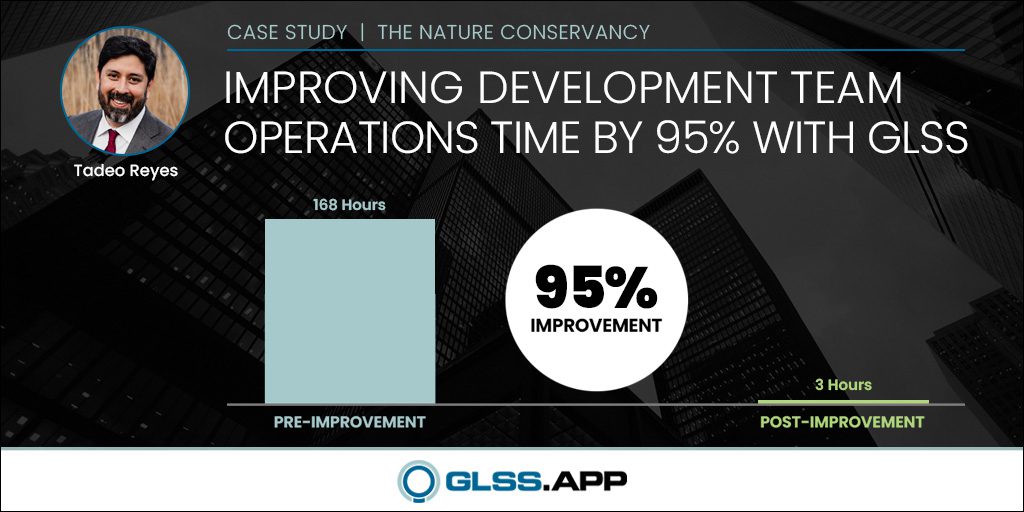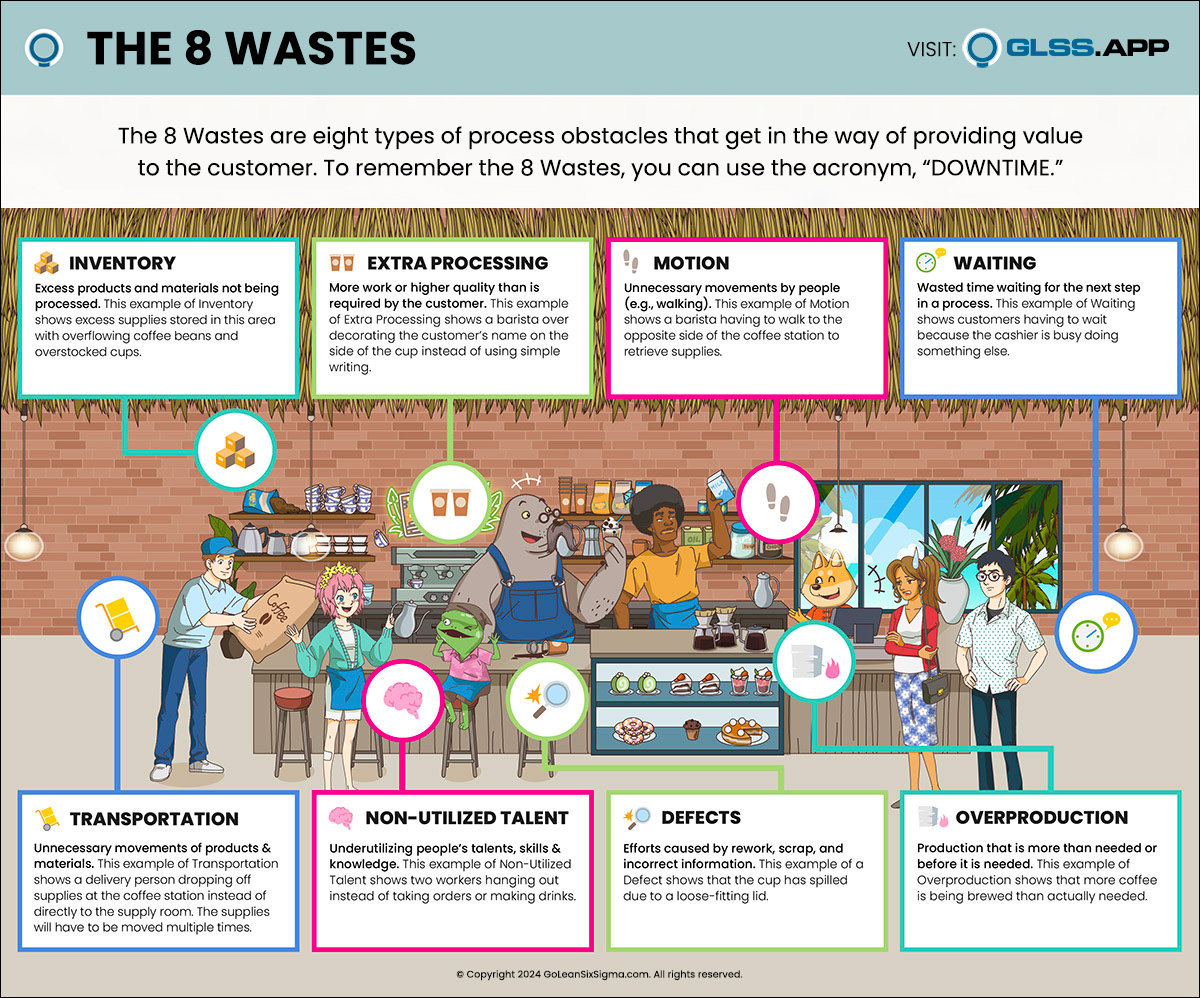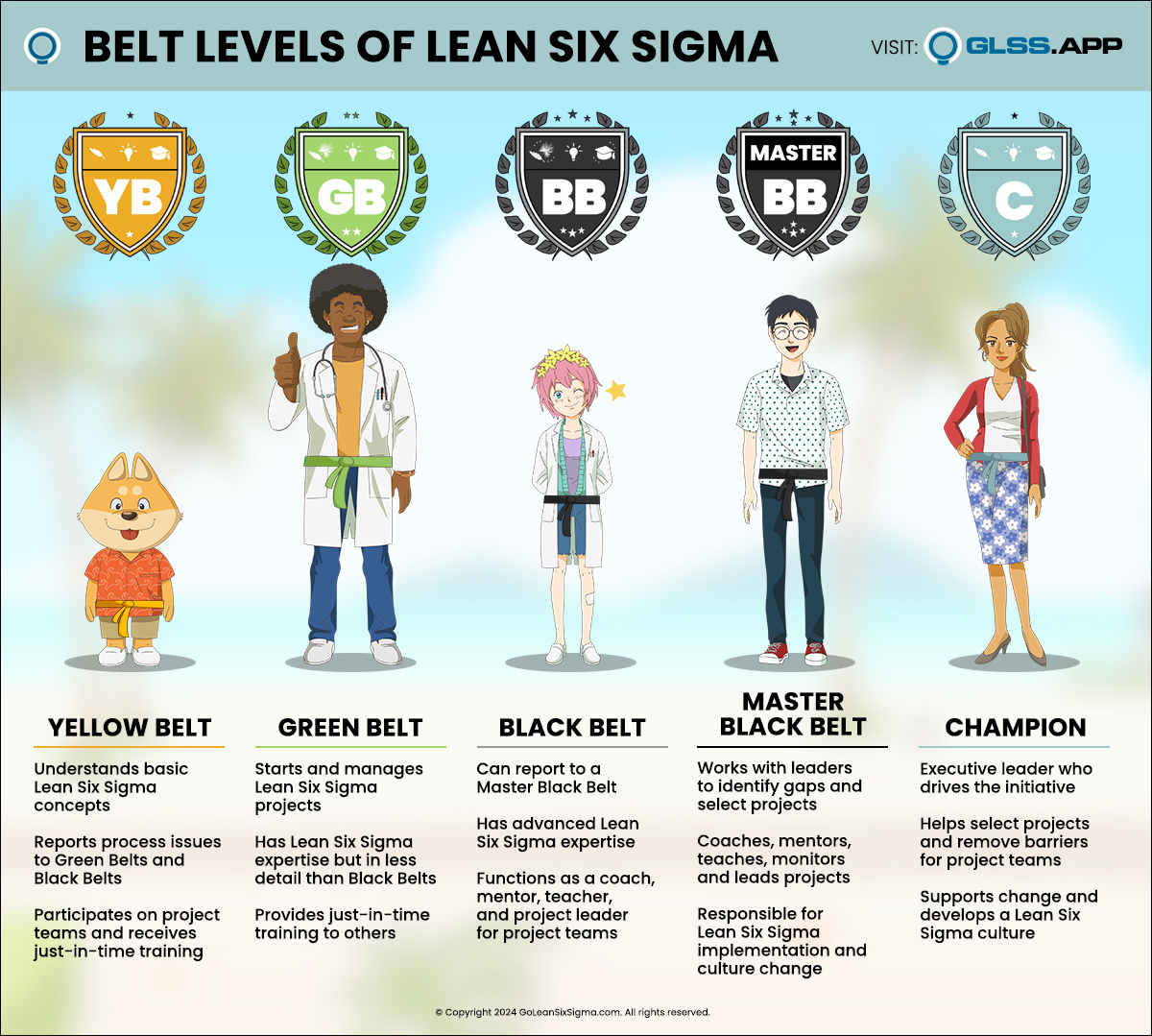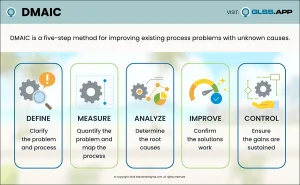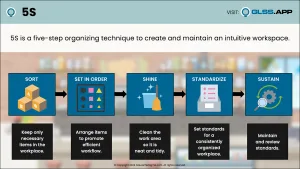
How long should a Lean Six Sigma project take? There’s no exact answer, but you don’t want them to drag on. If a project is old enough to have a birthday, then everybody involved is running out of steam!
It’s natural for your first project to take longer than it should because you’re learning—once you know your way it will be easier and faster. But there are some circumstances that can significantly delay a project, and if you can steer clear of them your project will go faster (and easier).
Trap 1: Infrequent Performance Measures
Many processes can be measured on a daily basis, but some have infrequent measures. Some organizations conduct annual employee satisfaction surveys. It would be reasonable to want to improve the score, but with only one data point a year you could wait a long time to show any improvement.
My first preference would be to choose a different project—one with more frequent measures. But if you are stuck with such a project, see if you can find some other measure, or find a way to measure more frequently. If it makes sense, you might measure absenteeism as a surrogate for employee satisfaction. If that isn’t a suitable choice, perhaps you can conduct small-scale surveys on a monthly basis.
Trap 2: No Data Available Before the Project Begins
This may be inconvenient, but workable. If you have no data before you begin the project, how do you know you have a problem—or how big it is? I once coached a project team working to reduce premium transportation costs by $100K/year. When data was collected we discovered that it only cost $20K last year. The project was abandoned.
If you know by other means that the problem is real, then you may have a good project, but it’s important to begin collecting data immediately. Don’t wait for the Measure Phase to create your Data Collection Plan. The first item on the Data Collection Plan should be collecting baseline data, which you can do once you establish your Goal Statement.
Suppose you know you generate a lot of rework every day, but haven’t been tracking it. Your Goal Statement might be “Reduce rework from x% to y% by mm/dd/yyyy.” You can begin tracking the rework and fill in the “x” and “y” values once you know them.
Trap 3: Long Duration Processes
Many processes can benefit from streamlining. A common measure of streamlining success is lead time, but some processes have extremely long lead times. Product development, some business development, and major construction projects may take months or years. These can still be worthy projects, but we should look for ways to see faster results.
One way is by working on a portion of the process. If we can represent the lengthy process with a high-level process map of five to ten steps, we can focus on reducing the lead time for each box. If we urgently need to reduce the lead time of the full process, we might create multiple teams, working on all the steps at the same time.
Trap 4: Processes That Anticipate a Major Capital Investment
Leadership may be planning to spend a lot of money on software to automate a manual process, or institute automated manufacturing. Since this is expensive, leadership may wish to “hedge their bet” by making it a Lean Six Sigma project. That may show a lot of faith in Lean Six Sigma, but it’s usually not a good fit. If we already know what needs to be done, then it’s a “Just Do It” project, and should not require a “blue ribbon” Lean Six Sigma team.
However, there may be a perfect Lean Six Sigma application here: streamlining the process before automating! There is an old adage many have forgotten: “simplify before you automate”. Many of the Lean Six Sigma principles are perfect for this purpose. By simplifying first, there is often less remaining to automate, and maybe the process will become so simple that we won’t need to automate at all!
Trap 5: Lack of Senior Leadership Support
Not every project needs senior leadership support, but many Lean Six Sigma projects are aimed at issues of major importance, and may require significant changes. Such projects may stall without clear leadership support. That means not simply approving the project, but actively participating and supporting the project. Two key players are the Project Sponsor and the Process Owner.
The Project Sponsor is typically a senior leader who will stay close to the project, provide support, and sometimes protect the project from those who might derail it. Project Sponsors do not have to be on the team, but they should be kept well-informed of progress.
The Process Owner is the person responsible for the process being improved. They may not be a senior leader, but should have the authority to approve changes in the process, and will own the changes when the project is complete.
Make these two players friends of the project and your life will be a lot easier!













